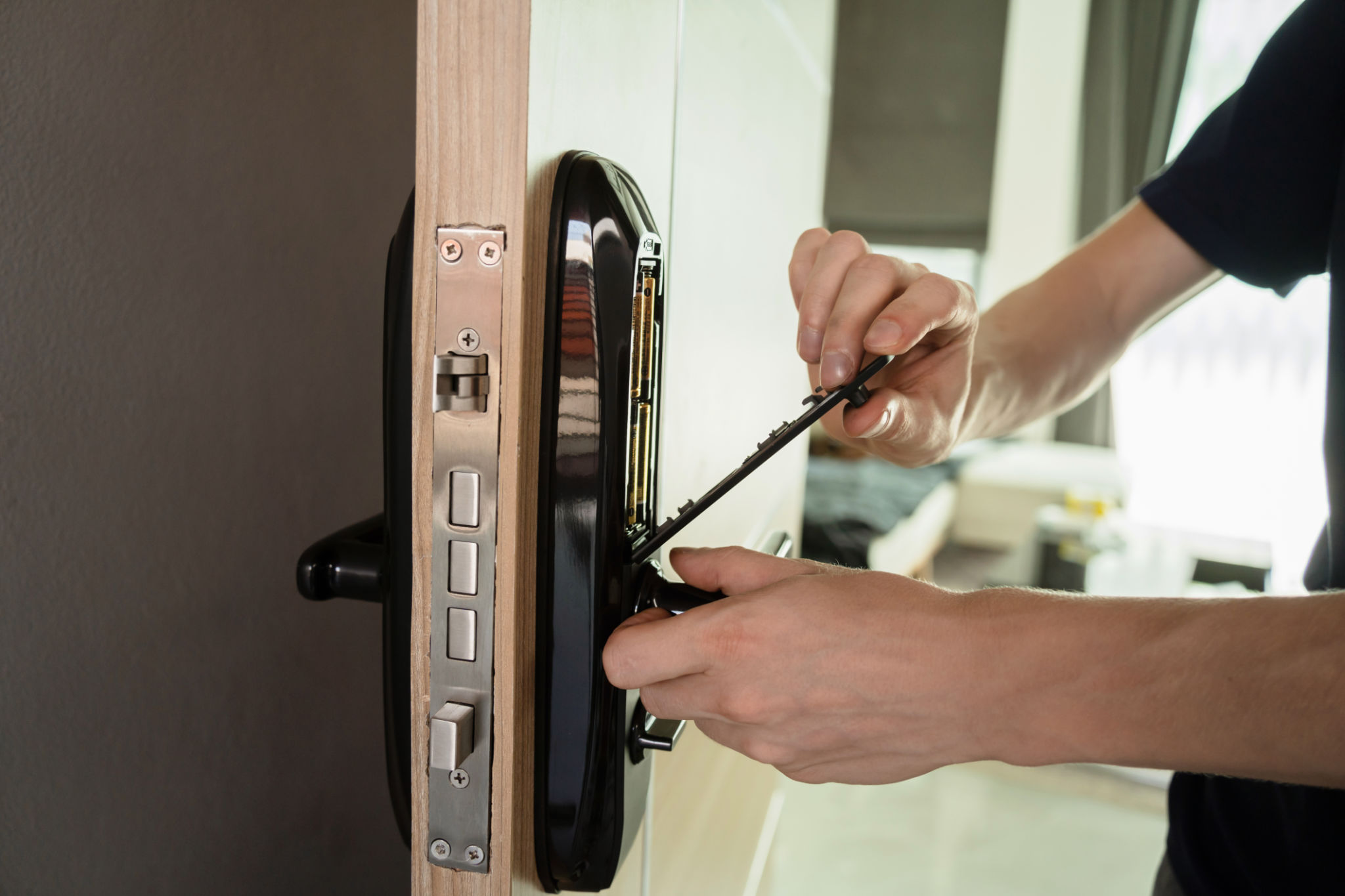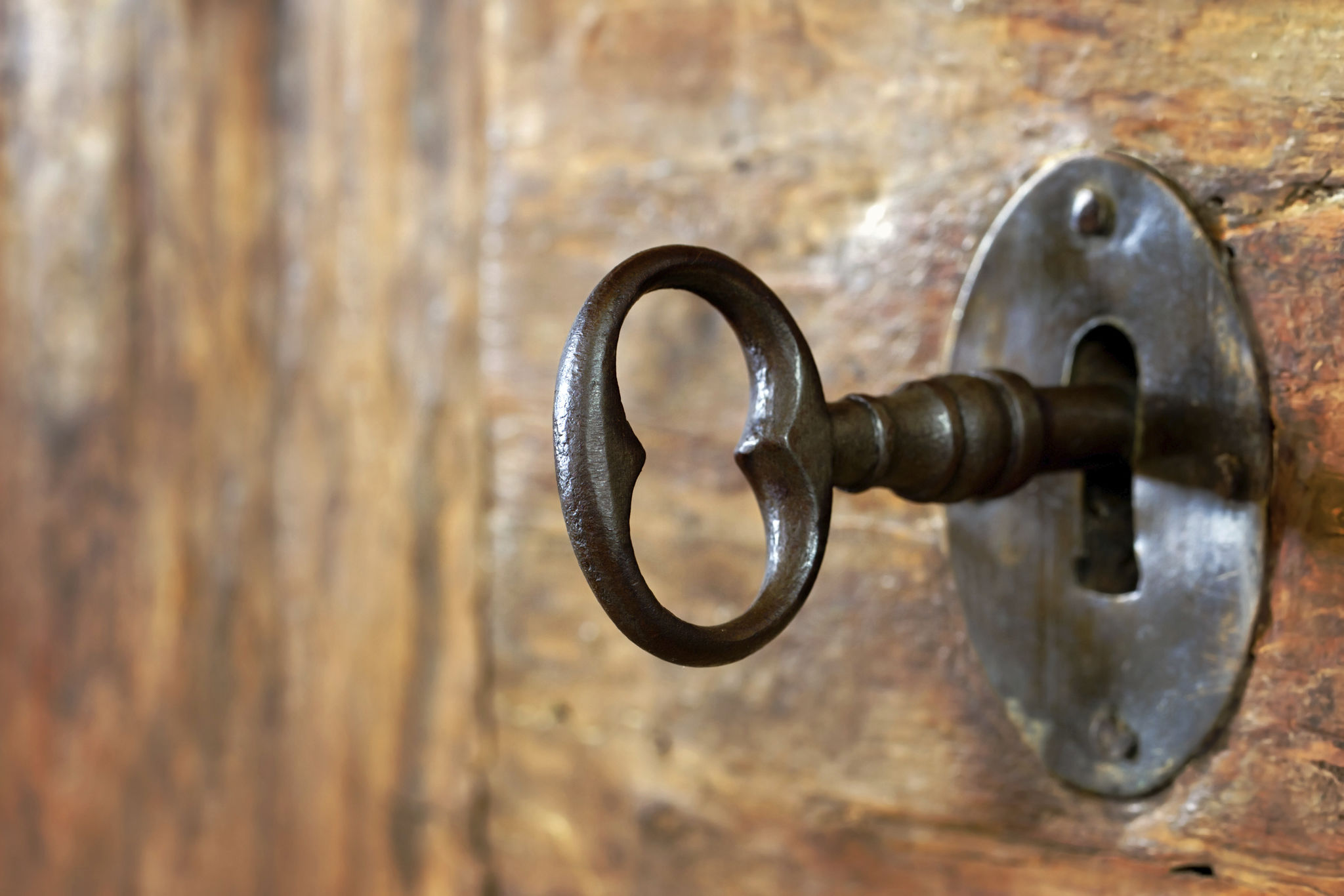DIY Lock Repair Tips for St. Cloud Residents
Understanding Common Lock Issues
As a resident of St. Cloud, it's important to know how to handle minor lock issues on your own. Understanding the common problems that can occur with locks is the first step to effective DIY repair. Many lock issues stem from everyday wear and tear, but they can also result from improper use or environmental factors like humidity.
One of the most frequent issues is a misaligned door latch. This happens when the latch does not align properly with the strike plate on the door frame. Another common problem is a key that won't turn or gets stuck in the lock. This could be due to dirt buildup or a worn-out key.

Tools You Might Need
Before you dive into fixing your lock, gather the necessary tools. These generally include a screwdriver, a small hammer, pliers, and possibly some lubricant like graphite powder or WD-40. Having these tools on hand will make your repair process much smoother and more efficient.
It's also helpful to have some spare parts available, such as extra screws or a replacement lockset, in case your repairs require more than just a quick fix. You might also consider having a set of Allen wrenches for adjusting door hinges.

Fixing a Misaligned Door Latch
If your door latch is misaligned, it can typically be fixed with a few simple adjustments. Start by tightening the screws on the door hinges to ensure they are not loose. If this doesn't work, try adjusting the strike plate by loosening its screws and repositioning it slightly before tightening them again.
Sometimes, you may need to enlarge the hole in the strike plate using a metal file to allow for better alignment. Be cautious not to remove too much material, as this could weaken the structural integrity of the plate.
Dealing with a Stuck Key
A key that sticks in the lock can be frustrating. Begin by applying a lubricant to the keyhole to loosen any dirt or debris that might be causing the problem. Insert the key gently and try to wiggle it back and forth slowly. Avoid using excessive force, as this could break the key inside the lock.
If lubrication doesn't help, inspect the key for signs of wear and tear. A worn-out key may need to be replaced. If you have a spare key, see if it works more smoothly.

Regular Maintenance Tips
To prevent future lock problems, regular maintenance is essential. Clean your locks periodically by removing dust and debris from both the keyhole and the locking mechanism. Applying lubricant every few months can also keep your locks functioning smoothly.
Additionally, check for any signs of rust or corrosion, especially during humid months in St. Cloud. If you notice any rust, clean it with a rust remover and apply a protective coat to prevent further damage.
When to Call a Professional
While many lock issues can be resolved with DIY solutions, there are times when calling a professional locksmith is necessary. If your lock is severely damaged or if you are unable to resolve the issue after several attempts, it's best to seek expert assistance.
A professional can assess the situation and provide a more permanent solution, ensuring your home remains secure. Remember, it's always better to be safe than sorry when it comes to home security.
